LCGC Year in Review: The Most Read Articles of 2023
The end of the year is a time to pause for reflection and prepare for the year ahead.
As we move into 2024, we have a lot to look forward to over on LCGC. Particularly the launch of LCGC International, which represents an amalgamation of LCGC North America, LCGC Europe, and LCGC Asia Pacific. This change increases our ability to deliver exceptional scientific articles and news on a global scale, maintaining our commitment to unbiased technical content and peer-reviewed articles for separation scientists.
But before we jump into 2024, we want to take a pause and review some of the articles our readers loved. Below, you’ll find a list of some of the most popular articles we published this year, in no particular order.
These pieces represent many of the hottest topics in separation science including the use of artificial intelligence, per- and polyfluoroalkyl substances (PFAS), and cannabis analysis. You’ll also find several tips and tricks articles, columns, news pieces, Q&As, and more.
What was your favorite article that ran in LCGC this year? Send me an email at chroncich@mjhlifesciences.com and let me know.
Happy reading!
Are "Forever Chemicals" Really Forever?
By Jerome Workman Jr.
Aerial drone view of a fluoropolymers production facility in Dordrecht, The Netherlands. © Sepia100 - stock.adobe.com
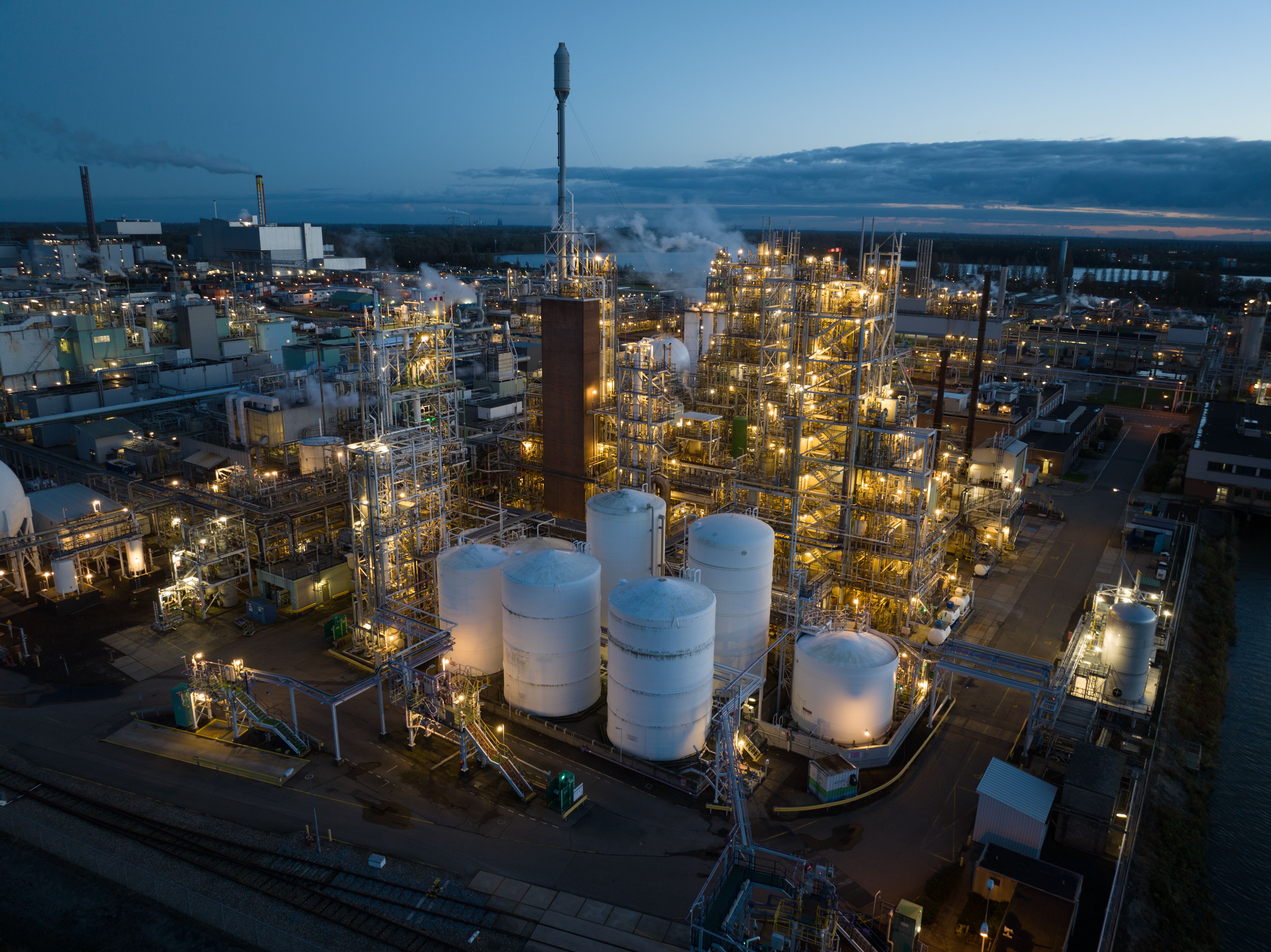
LCGC’s Senior Technical Editor Jerome Workman, Jr examines the history of chemicals classified as POP, or persistent organic pollutants, and PFAS, or per- and polyfluoroalkyl substances, then reviews their place in today's environment and assesses risks for the future.
Read More
GC Column Killers!
By Tony Taylor
Tony Taylor is Group Technical Director of Crawford Scientific Group and CHROMacademy.

Our technical department is often involved in helping clients with “Gas chromatography (GC) column autopsies.” Over the years, we have come to know the most common ways that you can effectively dispatch a column.
However, like anything related to health, there are cures and preventative measures that can help to revive an ailing column or avoid a premature demise. Everyone fears the signs and symptoms, which could include unusually broad peaks, peak tailing, peak splitting, changes in selectivity, and loss of resolution. But by following some simple guidelines, we can ensure your GC columns live a long and healthy life, and even when worrying signs appear, there may well be something we can offer to extend column lifetime and healthier-looking GC results.
In this article, Taylor offers some words of wisdom to avoid that stressful situation.
Read More
Essentials of LC Troubleshooting, Part II, Continued: More Misbehaving Retention Times
By Kathryn Cash, Ezedin Seid, Tina Dahlseid, Dwight R. Stoll
The laboratory scientist prepares samples for download to High-performance Liquid Chromatograph Mass Spectrometer. © Sodel Vladyslav - stock.adobe.com

Some liquid chromatography (LC) troubleshooting topics never get old, because there are some problems that persist in the practice of LC, even as instrument technology improves over time. There are many ways for things to go wrong in an LC system that ultimately manifest as deviations from expected retention times. Lot-to-lot variability in column chemistry, effects of pressure on selectivity, and stationary phase loss are less frequently encountered causes of unexpected retention shifts, but ones that should be included in a comprehensive troubleshooting agenda.
Read More
Exploring Artificial Intelligence in Analytical Chemistry
Jerome Workman Jr.
© fullvector - stock.adobe.com

Given that artificial intelligence (AI) seems to be on everyone’s mind, it’s worth pausing to look at how AI works, and how it can fit into analytical chemistry.
Read More
Are You Sick of Hearing About ChatGPT?
By Peter Vozka
ChatGPT: Ascannio - stock.adobe.com
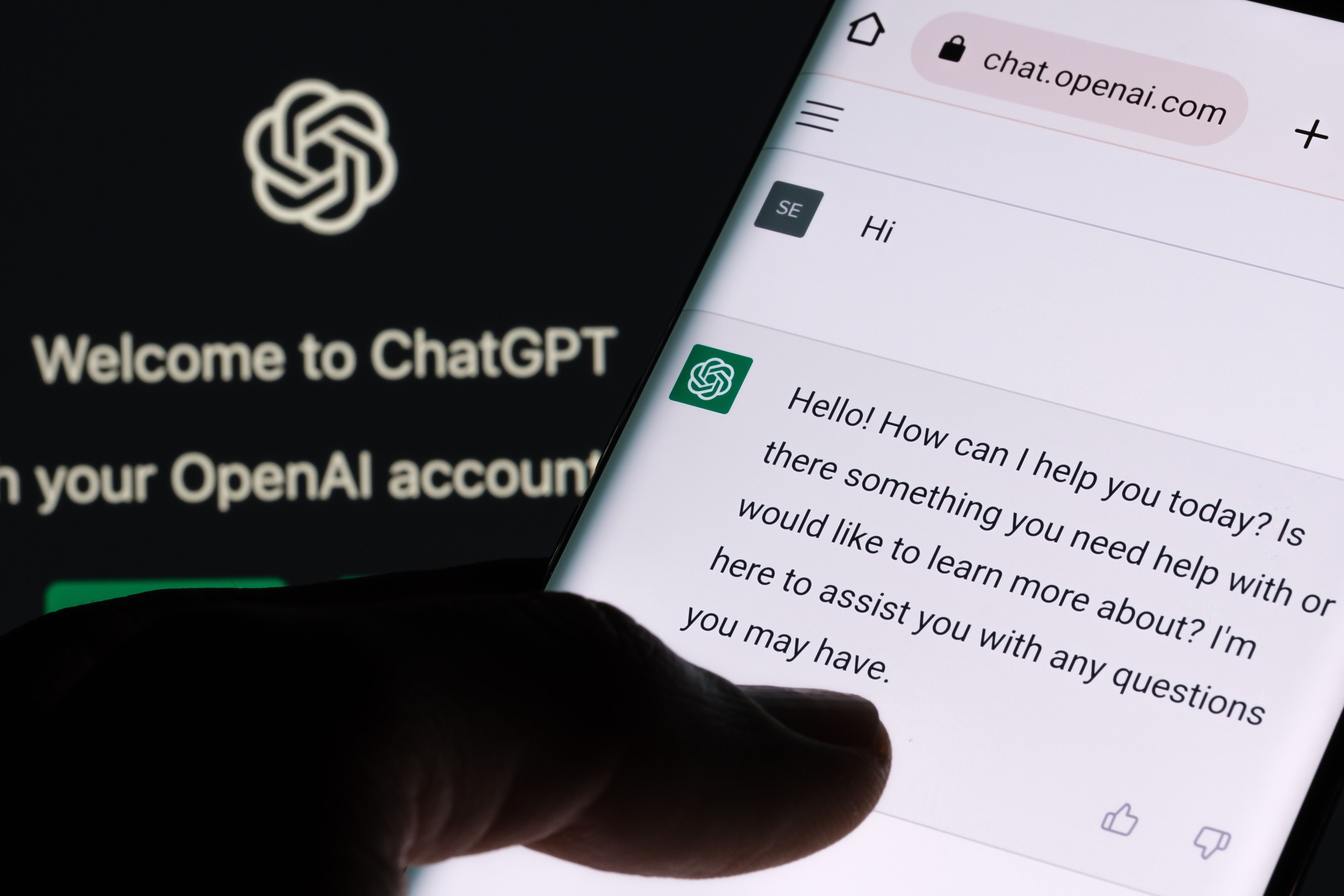
ChatGPT is a language model developed by OpenAI, designed to understand and generate human-like text based on the input it receives. ChatGPT does not predict the future, solve highly technical chromatographic problems, or troubleshoot an instrument for you. So, what can ChatGPT do, and why is the entire world talking about it?
Read More
Human Body Odors Tested for Mosquito Attraction in Zambia
By Patrick Lavery
A mosquito biting a human. © auimeesri - stock.adobe.com

Stephanie Rankin-Turner and colleagues at Johns Hopkins Bloomberg School of Public Health have recently performed research in Zambia indicating that mosquitoes are more attracted to humans who exhibit abundant levels of certain volatile carboxylic acids.
Read More
FDA Selects New Mobile HPLC System for Cannabis Analysis
By Aaron Acevedo
A cannabis plant.
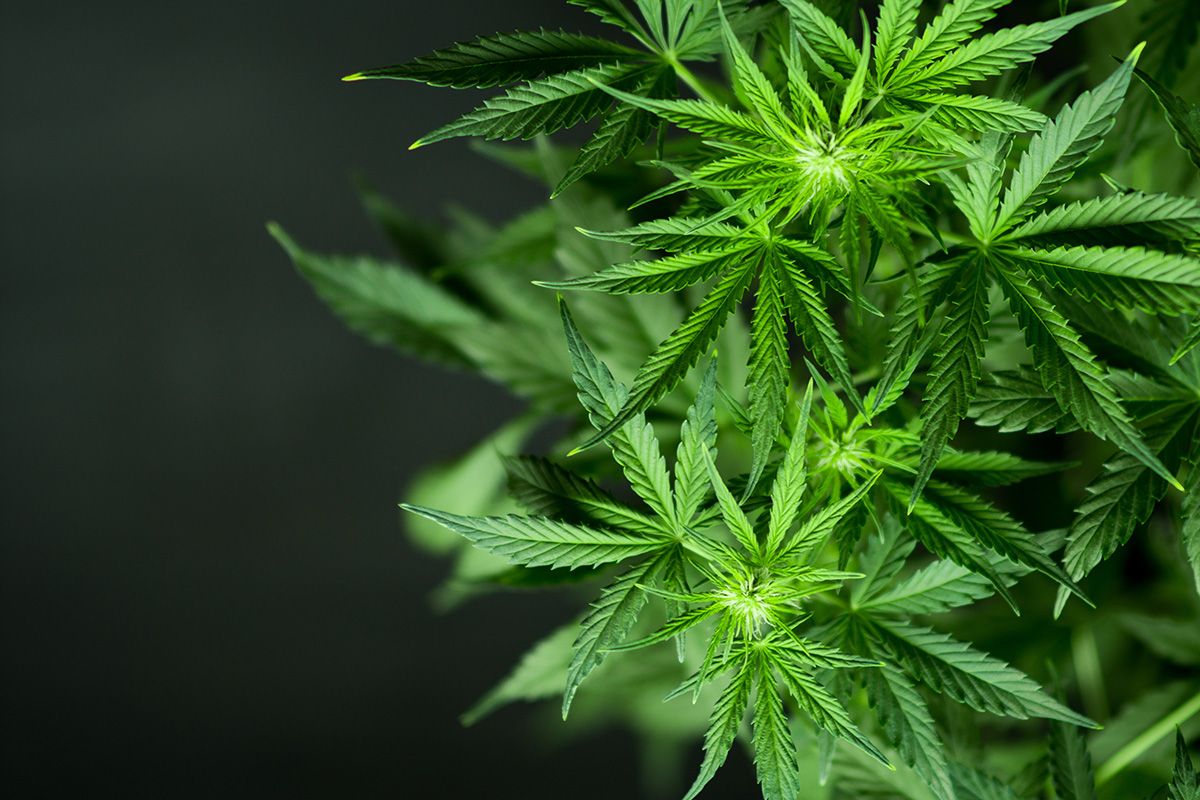
Orange Photonics announced that the U.S. Food and Drug Administration (FDA) has selected the company’s LightLab 3 High Sensitivity Cannabis Analyzer as part a broader effort to help regulate and test the safety of food-related products that contain CBD and Delta-8.
Read More
Practical Understanding of Partition Coefficients
By Douglas E. Raynie
The author explains practical applications of partition coefficients as they are commonly applied to chemical extractions.
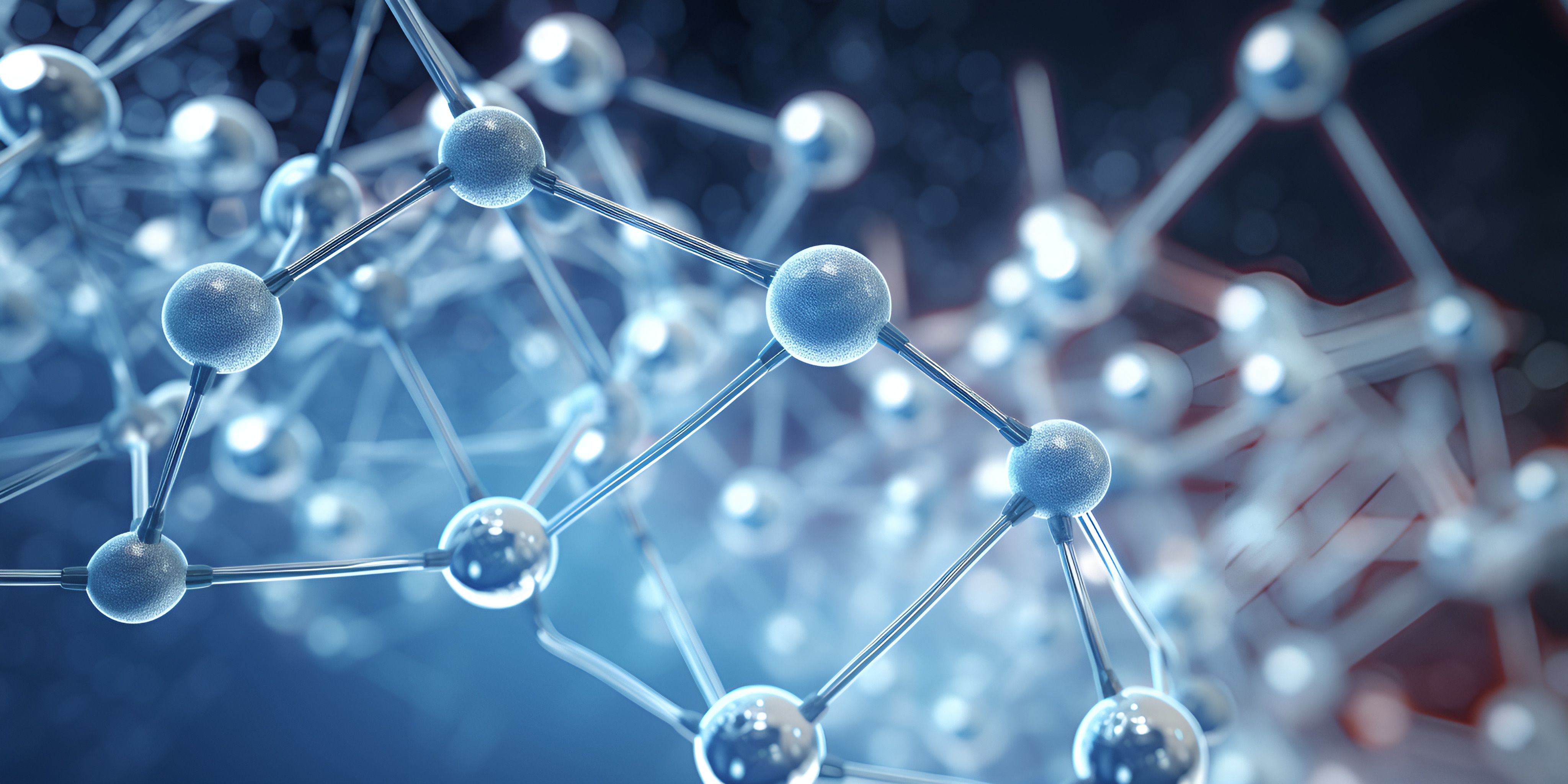
Partition coefficients, log P or Kow, are often used in introducing and describing new extraction techniques. They can also be used in developing new separation methods. An understanding of partition coefficients, along with diffusion, is necessary to guide separation processes more completely. As with the application of any theoretical concepts, several assumptions may be applied. In this article, the author takes a dive into the practical applications of partition coefficients as they are commonly applied to chemical extractions.
Read More
Resolving Resolution
By Jonathan G. Shackman
Can you define resolution?
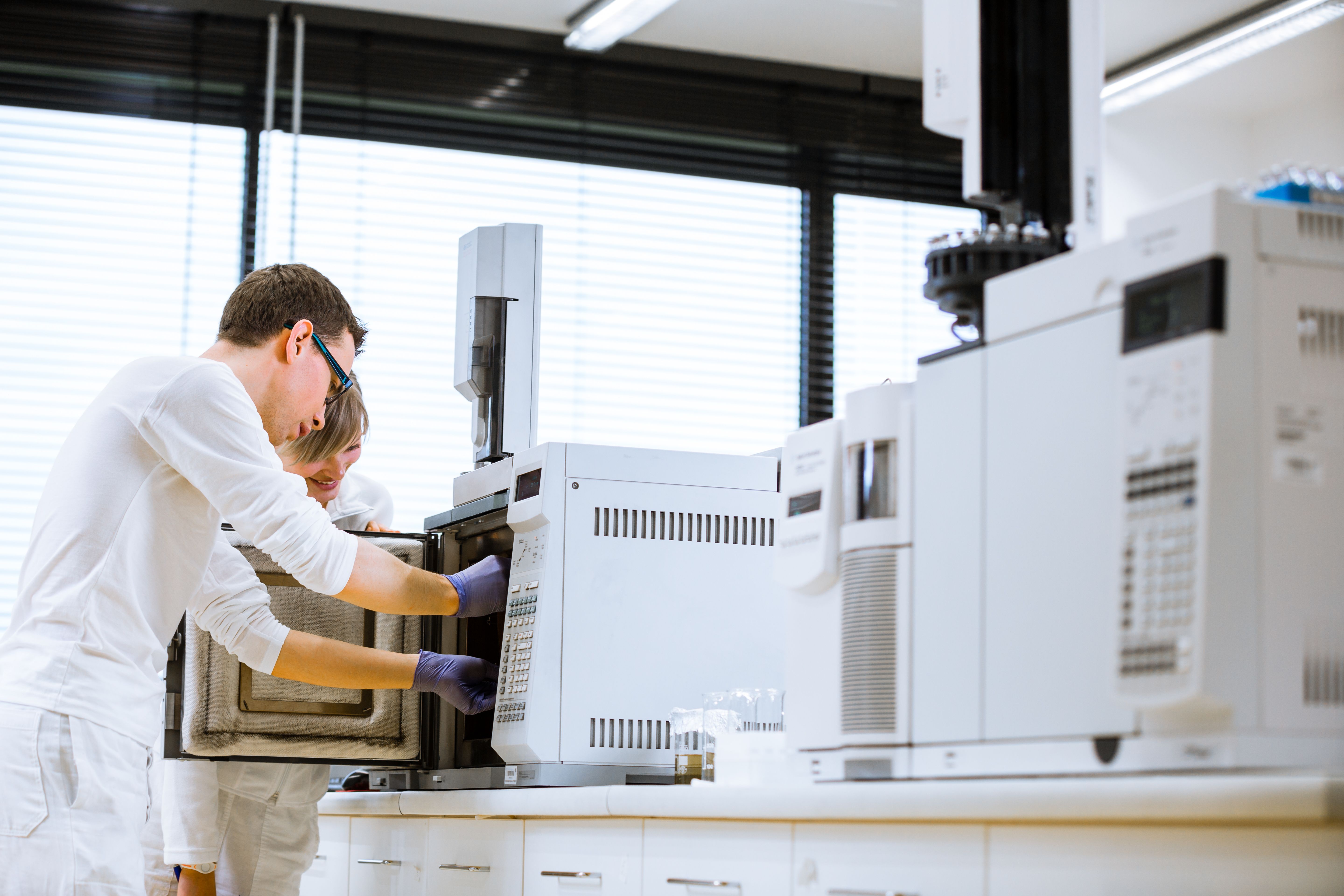
Can you define resolution? Would you be surprised at the number of correct answers? Which one is the best for chromatographers? In this blog, the author reviews various ways resolution can be interpreted scientifically.
Read More
HPLC, MS, and CDS: The New Products to Watch—from Pittcon and Beyond?
By Michael W. Dong
Pittcon was held in Philadelphia, Pennyslvania this year.

This article describes newly introduced high-performance liquid chromatography (HPLC), mass spectrometry (MS), chromatography data systems (CDS), and related products in 2022–2023. It summarizes their unique features and significant user benefits, including relevant technical specifications.
Read More
What the New USP Chapter <621> Guidelines Mean for Your HPLC Analysis
By Kaja Gleerup
HPLC column.
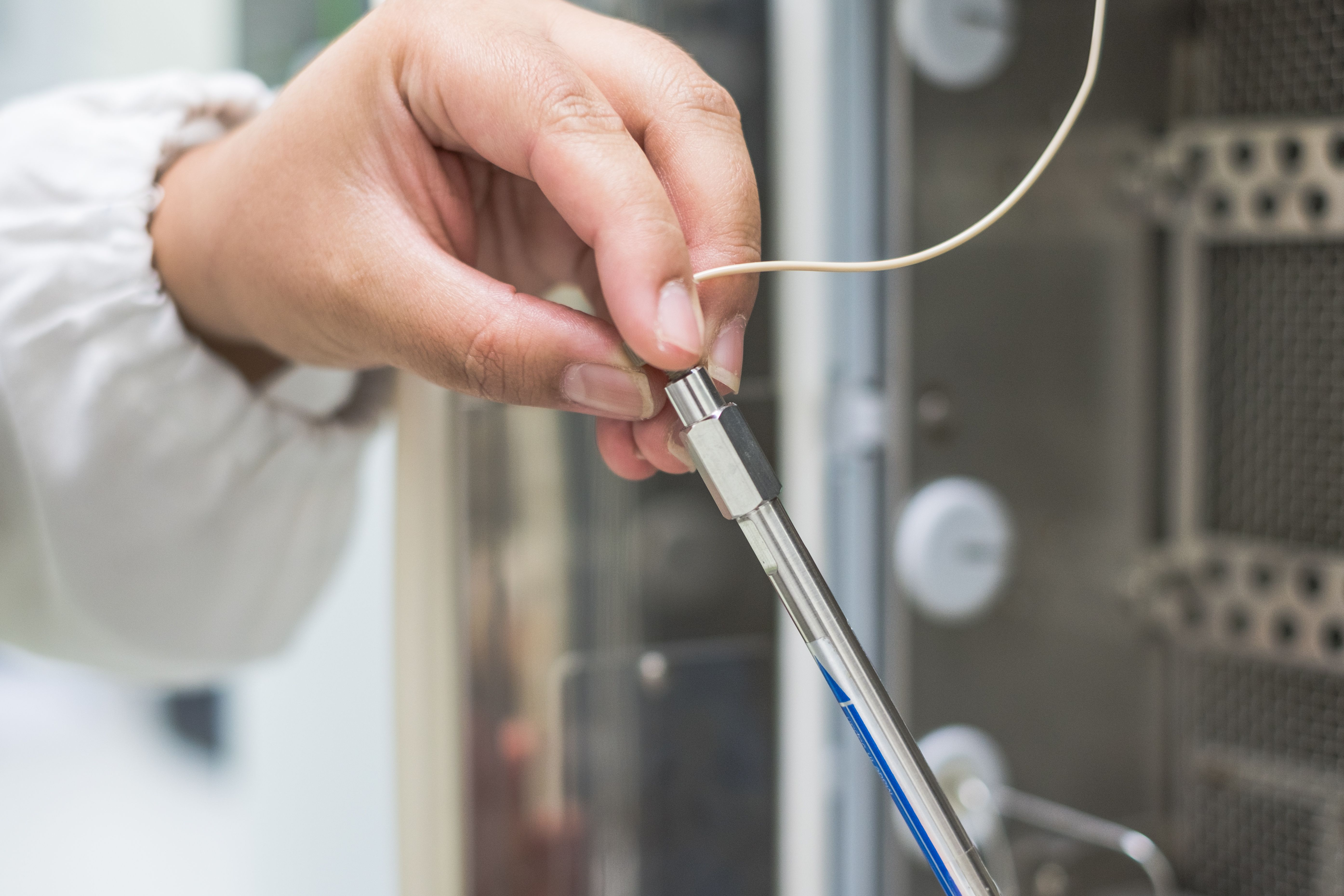
The US Pharmacopeia (USP) monographs are designed with top-of-the-range high performance liquid chromatography (HPLC) columns at the time when the method is established. As time progresses and new technologies are brought to market, methods may be eligible for updating as there is a larger focus on method life cycle management from regulators. Technology has significantly advanced since the inception of the USP method, offering optimization opportunities. Now, the US Pharmacopeia allows method improvements to meet new standards, with changes to particle size, length, and inner diameter approved. This article explores what this transition to newer technology looks like, with an example applied to determining organic impurities of pramipexole dihydrochloride.
Read More
New Method Explored for the Detection of CECs in Crops Irrigated with Contaminated Water
April 30th 2025This new study presents a validated QuEChERS–LC-MS/MS method for detecting eight persistent, mobile, and toxic substances in escarole, tomatoes, and tomato leaves irrigated with contaminated water.
Accelerating Monoclonal Antibody Quality Control: The Role of LC–MS in Upstream Bioprocessing
This study highlights the promising potential of LC–MS as a powerful tool for mAb quality control within the context of upstream processing.
University of Tasmania Researchers Explore Haloacetic Acid Determiniation in Water with capLC–MS
April 29th 2025Haloacetic acid detection has become important when analyzing drinking and swimming pool water. University of Tasmania researchers have begun applying capillary liquid chromatography as a means of detecting these substances.
Prioritizing Non-Target Screening in LC–HRMS Environmental Sample Analysis
April 28th 2025When analyzing samples using liquid chromatography–high-resolution mass spectrometry, there are various ways the processes can be improved. Researchers created new methods for prioritizing these strategies.

.png&w=3840&q=75)

.png&w=3840&q=75)



.png&w=3840&q=75)



.png&w=3840&q=75)




